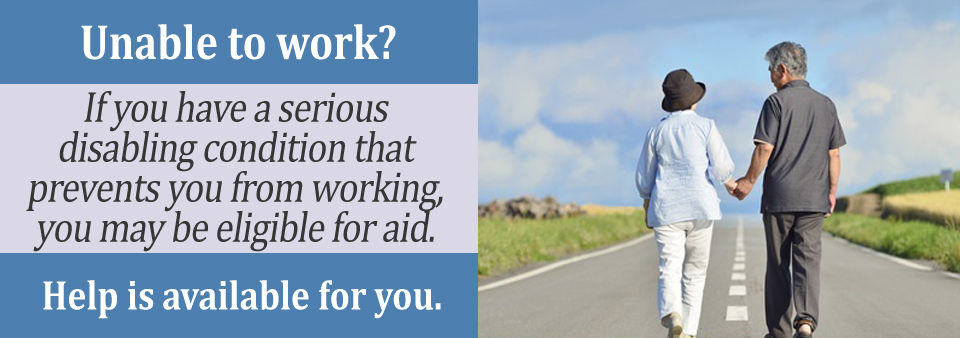Venous insufficiency is a medical condition that affects to one degree or another up to 40% of the American population. It is caused when valves in the larger veins, especially those further away from the heart are damaged and no longer perform their function of ensuring smooth one way flow of blood returning to the heart. It is commonly caused by aging, too much sedentary activity or work routines or because of blood clots in the veins, a condition known as deep vein thrombosis (DVT). Because chronic venous insufficiency (CVI) can make it hard to continue working, it is a condition that can allow you to qualify for a disability benefit. You will need to have sufficient evidence to submit to the SSA for a successful application.
How Does Venous Insufficiency Affect the Ability to Work?
Symptoms of CVI could include any of the following:
- aching or tiredness in the legs;
- swelling in the lower legs and ankles; often occurring if you have been standing for an extended period;
- varicose veins;
- venous stasis ulcers;
- itching or flaking skin appearing on the lower legs or feet;
- skin appearing to have a leathery appearance and feel on the lower legs.
CVI tends to reduce the capacity for the blood to return to the heart, making the sufferer more tired than usual. Standing up for any extended period is often out of question because of the veins not doing their job properly. The CVI sufferer may not be able to sleep properly because of the swellings in the legs or need to sit or lie down for longer than usual periods.
Qualifying with Symptoms of Venous Insufficiency
The SSA will want to see evidence that the symptoms of your venous insufficiency meet the criteria listed in the Blue Book. CVI as a chronic condition is listed in the Blue Book as a cardiovascular ailment. Criteria are listed under the entry as follows:
- CVI of a lower leg or a foot involving a major venous system;
- Extensive brawny edema, i.e. a swelling caused by fluid build-up in the lower extremities that cannot be indented when pressed;
- The edema must exist over two thirds of the shin or calf area at least or the lower part of the leg between the hip and ankle;
- Varicose veins occurring on the surface;
- Ulcers that have not responded to a minimum of three months of treatment.
What is an RFC?
It is a sensible step to ask your doctor for a residual functional capacity (RFC) assessment, even though chronic venous insufficiency is listed in the Blue Book.
Your doctor will do a variety of tests which determine how much physical work you are able to do. These tests include things like strength tests, how easy it is for you to stand in one place for any length of time, lift weights, etc. The SSA medical examiners will review the RFC assessment together with all other medical evidence you submit.

Have Your Case Reviewed By an Attorney
A disability lawyer can help you to obtain sufficient medical evidence of your CVI condition to convince the SSA that you should qualify for a disability benefit. Many claims are initially denied by the SSA, but you can apply for a reconsideration of your application and if this is unsuccessful, ask for a review by an administrative law judge. Your disability lawyer can represent you or speak on your behalf at the review.